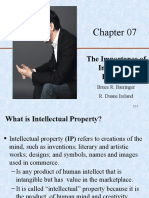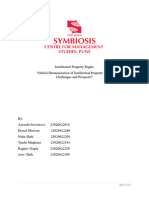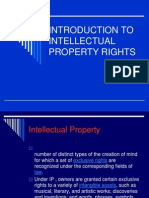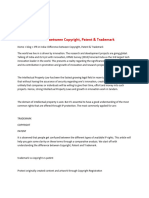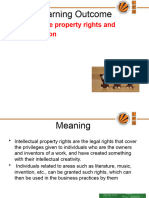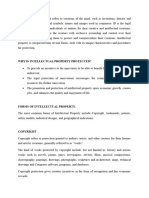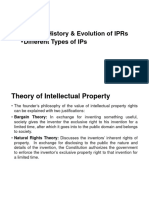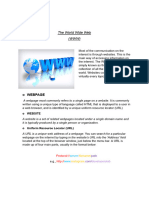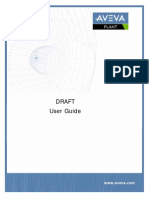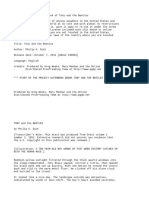0% found this document useful (0 votes)
16 views5 pagesCape Notes Unit 2 Module 3 Content 8
The document explains the differences between copyright, patent, and trademark laws. Copyright protects the rights of creators over their works, patents grant exclusive rights to inventors for their inventions, and trademarks distinguish a business's goods or services. Each form of intellectual property has specific criteria and benefits associated with registration and protection.
Uploaded by
EMMA SLAYCopyright
© © All Rights Reserved
We take content rights seriously. If you suspect this is your content, claim it here.
Available Formats
Download as PDF, TXT or read online on Scribd
0% found this document useful (0 votes)
16 views5 pagesCape Notes Unit 2 Module 3 Content 8
The document explains the differences between copyright, patent, and trademark laws. Copyright protects the rights of creators over their works, patents grant exclusive rights to inventors for their inventions, and trademarks distinguish a business's goods or services. Each form of intellectual property has specific criteria and benefits associated with registration and protection.
Uploaded by
EMMA SLAYCopyright
© © All Rights Reserved
We take content rights seriously. If you suspect this is your content, claim it here.
Available Formats
Download as PDF, TXT or read online on Scribd
/ 5








